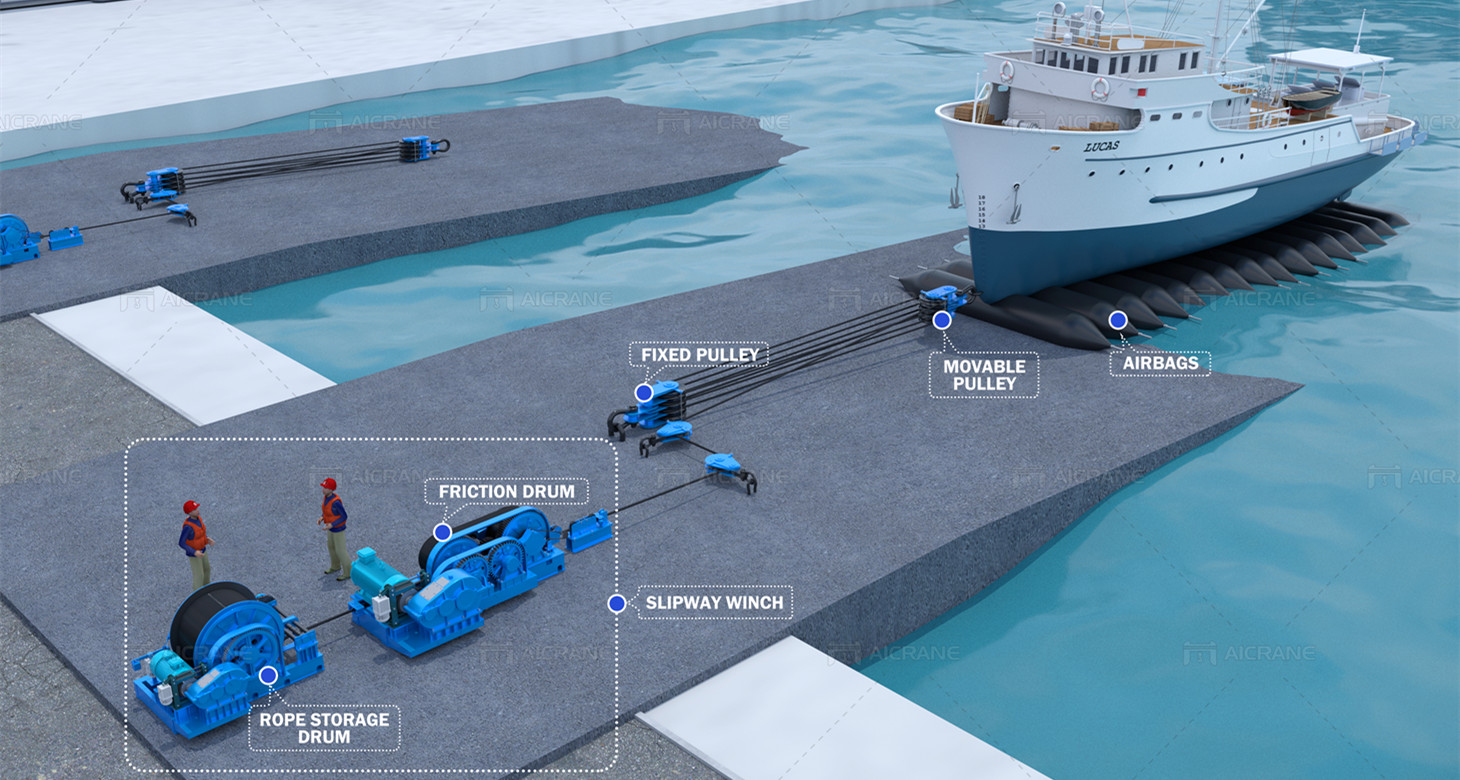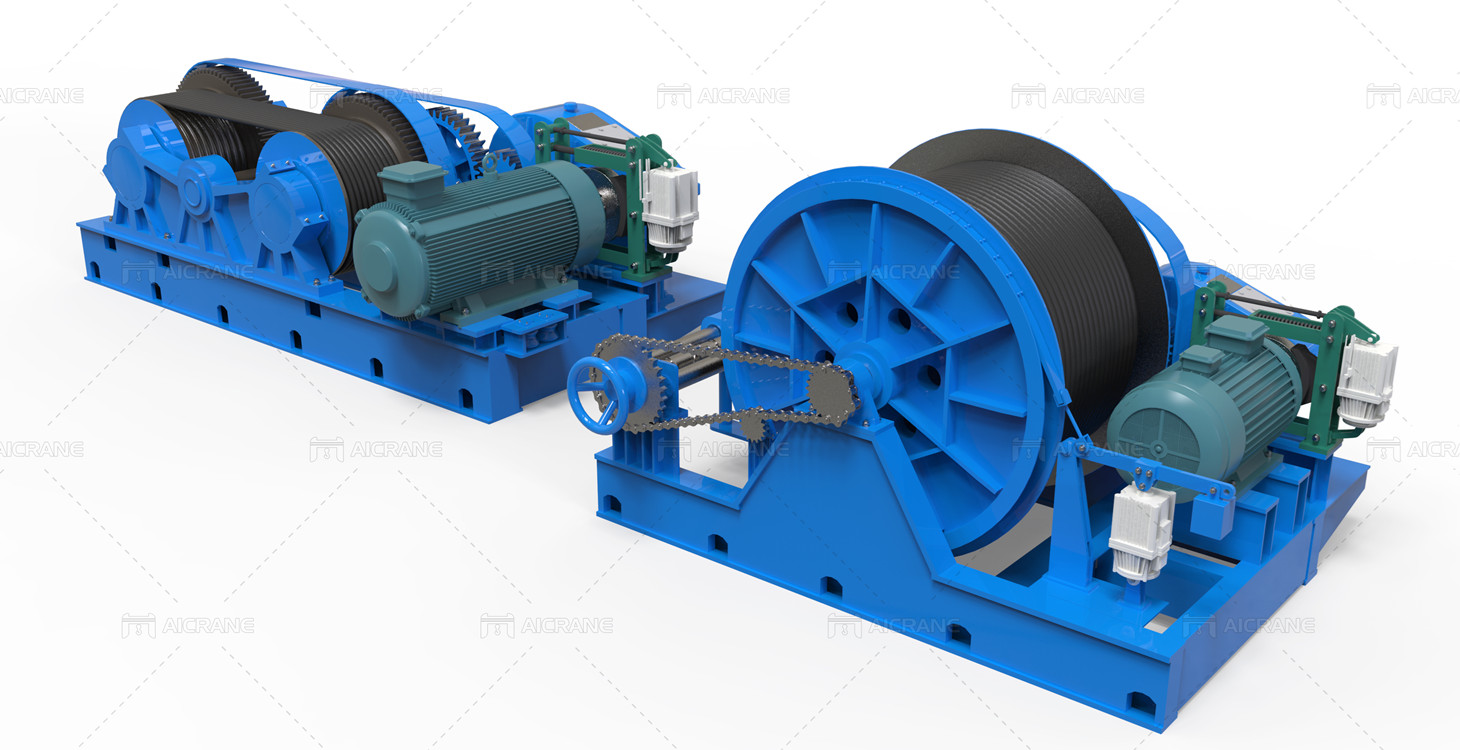Slipway winches play a crucial role in the maritime industry, facilitating the smooth transition of boats from water to land. Selecting the right winch for this task requires a comprehensive understanding of various factors, ranging from boat specifications to operational requirements. In this guide, we’ll delve into the key considerations to help you make an informed decision.

Understanding the Basics
1. Boat Specifications
The first step in choosing a slipway winch is to understand the boats you’ll be handling. This includes their size, weight, and hull design. Accurate measurements are crucial as they directly impact the winch’s capacity and power requirements. The winch’s capacity should exceed the boat’s weight to ensure safe and efficient operation.
2. Environmental Conditions
Consider the environmental conditions of the slipway. Factors like tidal fluctuations, wave conditions, and wind strength can affect the winch’s performance. For example, in areas with strong currents, a winch with higher pulling power may be necessary.
3. Winch Configuration
Slipway winches come in various configurations, including single drum and double drum. Single drum winches are suitable for smaller boats and generally have lower capacity. Double drum winches provide more control during the boat-lifting process, making them suitable for larger vessels.
Assessing Winch Features
1. Load Capacity
The load capacity of the winch is one of the most critical factors. It must be able to handle the heaviest boat you intend to lift. It’s advisable to choose a winch with a capacity slightly higher than the heaviest boat to accommodate unexpected circumstances.
2. Line Speed
The winch’s line speed determines how quickly the boat can be hauled ashore. Faster line speeds are beneficial for efficiency, especially in busy marine environments. However, it’s essential to strike a balance between speed and power to ensure safe operation.
3. Power Source
Slipway winches can be powered by electricity, hydraulics, or even diesel engines. The choice of power source depends on factors such as availability, cost, and the specific requirements of your operation. Electric winches are popular due to their reliability and ease of operation.
4. Control System
The control system of the winch is crucial for precise and safe operation. Modern winches often come equipped with advanced control panels that allow operators to manage line speed, tension, and direction. Additionally, remote control options provide an extra layer of safety and convenience.

Considering Safety Features
1. Overload Protection
An overload protection system is essential to prevent the winch from attempting to lift a load beyond its capacity. This feature enhances safety and protects the winch from potential damage.
2. Emergency Stop Function
In case of unforeseen circumstances, an emergency stop function allows operators to halt the winch’s operation immediately. This is a critical safety feature that should never be overlooked.
3. Limit Switches
Limit switches are used to set specific endpoints for the winch’s operation. They prevent over-travel in both lifting and lowering processes, enhancing safety and preventing damage to the winch or boat.
Budget Considerations
1. Initial Cost vs. Long-term Value
While budget is a significant consideration, it’s crucial to look beyond the initial cost. Consider the long-term value that a reliable, high-quality winch can provide. Investing in a reputable brand with a proven track record of durability and performance is often a wise decision.
2. Maintenance Costs
Factor in maintenance costs when budgeting for a slipway winch. Opt for winches with accessible components and straightforward maintenance procedures. Regular servicing and inspections are vital to ensure continued safe and efficient operation.
Selecting the right slipway winch involves a detailed assessment of boat specifications, environmental conditions, winch features, safety considerations, and budget considerations. By thoroughly evaluating these factors, you can make an informed decision that aligns with your specific boat-lifting requirements. Remember, safety should always be paramount, and investing in a high-quality winch from a reputable winch manufacturer is a decision that pays dividends in the long run.